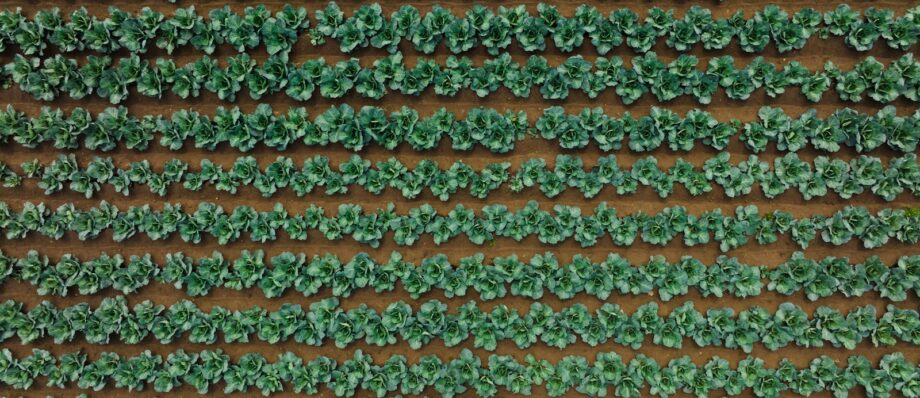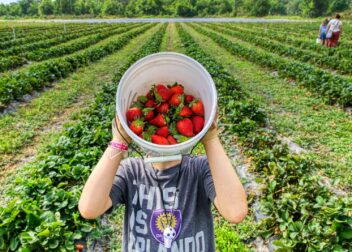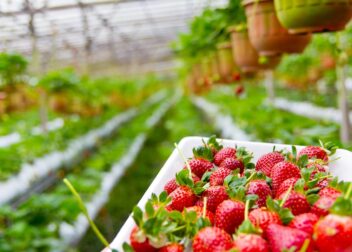Mastering Crop Rotation Techniques for Small and Large Farms
What is Crop Rotation and Why Does It Matter?
Crop rotation is the strategic practice of planting different types of crops in the same field across different growing seasons. This time-tested farming method minimizes pest infestations, controls diseases, balances soil nutrients, and ultimately enhances yields. Whether you’re operating a backyard garden or managing a multi-acre commercial farm, implementing crop rotation techniques is key to long-term sustainability.
The Science Behind Soil Health and Crop Diversity
Each crop draws different nutrients from the soil and leaves behind organic matter that can benefit—or harm—subsequent crops. By rotating crops, you break pest and disease cycles while naturally replenishing the soil with vital nutrients. For example, legumes fix nitrogen into the soil, benefiting heavy-feeding crops like corn that follow in the next rotation.
Classic 4-Year Crop Rotation Plan
A traditional 4-year rotation system might look like this:
- Year 1: Legumes (beans, peas)
- Year 2: Leafy greens (lettuce, spinach)
- Year 3: Fruiting crops (tomatoes, peppers)
- Year 4: Root crops (carrots, potatoes)
This structure helps maintain a balanced nutrient cycle, minimizes soil exhaustion, and keeps diseases at bay.
Rotation for Small Farms and Homesteads
Small farms and backyard growers can still use mini-rotation systems. Use raised beds, containers, or small plots to designate different crop families. Rotate them annually or biannually. This helps small-scale farmers avoid buildup of pathogens and maintain productivity even in confined spaces.
Large-Scale Commercial Rotation Strategies
On larger farms, rotation plans are typically structured over multiple fields with varying crops such as corn, soybeans, wheat, and cover crops. Incorporating cover crops like clover or rye during off-seasons boosts organic matter, prevents erosion, and prepares the soil for the next cash crop.
Crops That Require the Most Care in Rotation
- Tomatoes & Potatoes: Susceptible to blight and nematodes—avoid planting in the same soil within 3 years.
- Corn: Heavy nitrogen feeder—follow with legumes or cover crops to restore nitrogen.
- Brassicas (cabbage, broccoli): Require fertile soil—don’t follow with another heavy feeder.
- Leafy Greens: Benefit from rotation with root crops or legumes to prevent soil-borne diseases.
How to Group Crops by Family for Rotation
Understanding plant families helps simplify rotation. Group crops like this:
- Legumes: Peas, beans
- Nightshades: Tomatoes, potatoes, peppers
- Brassicas: Broccoli, kale, cabbage
- Root Vegetables: Carrots, beets, onions
Avoid planting the same family in the same area for at least 2-3 years.
Preventing Pests and Diseases Through Rotation
Crop rotation naturally disrupts the lifecycle of many pests and pathogens. For instance, rotating away from cucurbits like squash and cucumbers can reduce populations of squash vine borers. Likewise, spacing out plantings of alliums (onions, garlic) helps prevent onion maggot buildup.
Using Cover Crops to Enhance Rotation
Cover crops like crimson clover, vetch, or buckwheat are excellent soil builders. They reduce compaction, add nutrients, and suppress weeds between growing seasons. Integrating cover crops into your rotation plan keeps the land active and productive year-round.
Planning and Mapping Your Rotation Year-by-Year
Always track what you’ve planted where, and when. Use crop planning software or even a simple farm journal. Mapping rotations over 3-5 years gives you a long-term view of soil needs, nutrient management, and potential yields. This also allows you to tweak strategies that are unique to your land and climate.



